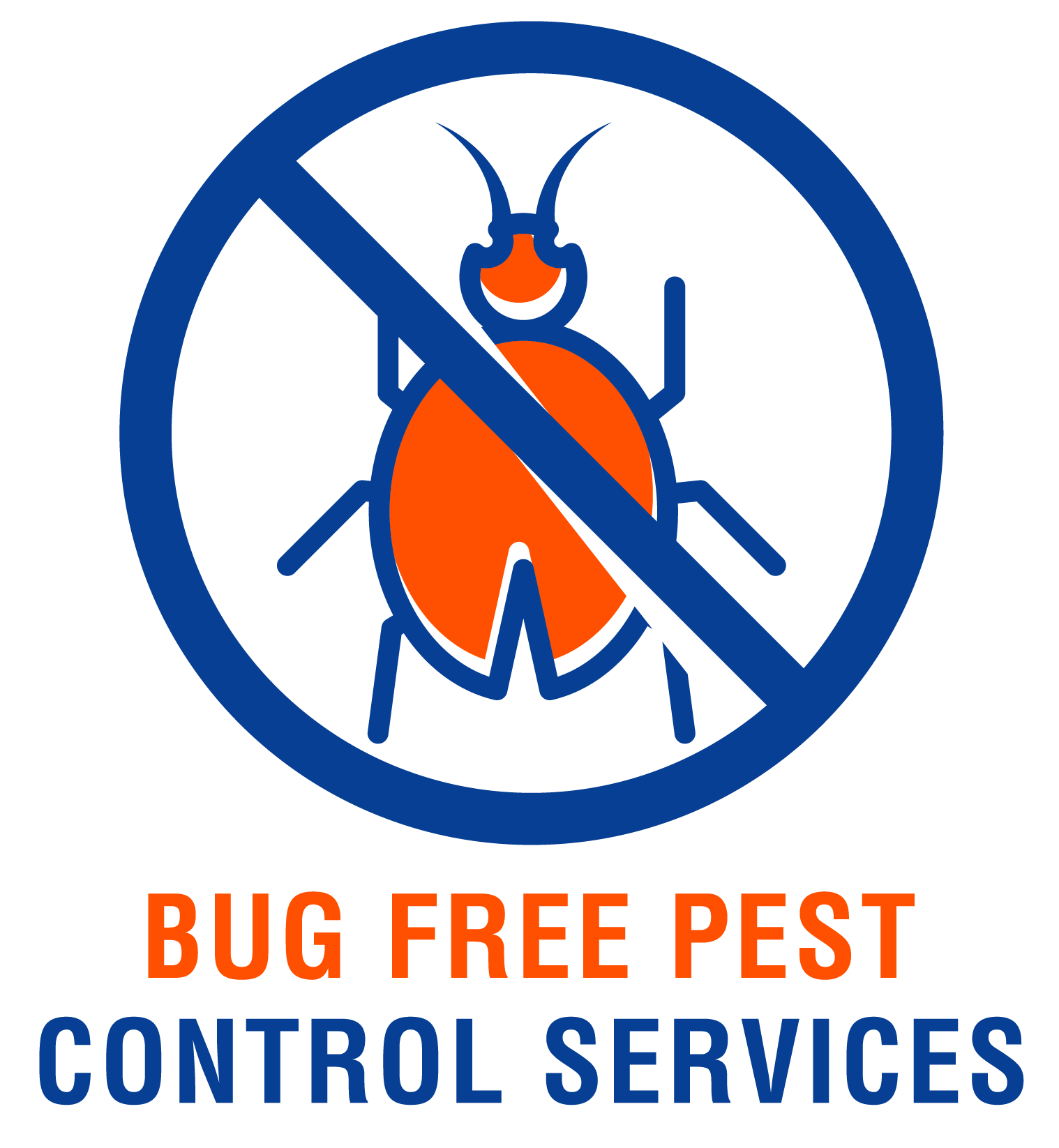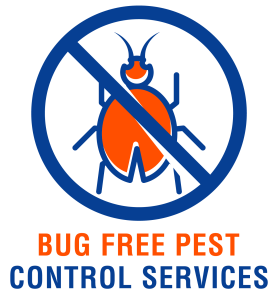Welcome to a comprehensive guide on effective pest control solutions for schools and daycare centers. Keeping these environments free of pests is crucial for the health and safety of students and staff alike. From preventing common pests like rodents and insects to implementing integrated pest management strategies, we’ll explore the best practices to ensure a pest-free learning and playing environment for children. Let’s dive in and learn how to keep pests at bay in educational settings! Have you ever wondered how to effectively handle pest control in a school or daycare setting? The presence of pests in educational facilities can pose health risks to students, staff, and visitors. In this article, we will explore various pest control solutions tailored to schools and daycare centers, ensuring a safe and healthy environment for everyone. Let’s dive in!
Importance of Pest Control in Schools and Daycare Centers
Pest infestations in schools and daycare centers can have serious consequences on the health and well-being of children, teachers, and staff. Not only can pests spread diseases and cause allergies, but they can also disrupt the learning and working environment. It’s crucial to have an effective pest control plan in place to prevent and eliminate pest issues.
The Risks of Pests in Educational Facilities
Pests such as cockroaches, rodents, ants, and bed bugs are commonly found in schools and daycare centers. These pests can carry harmful bacteria and viruses, contaminating food and surfaces. Additionally, pest infestations can cause structural damage to buildings and furniture, leading to costly repairs. It’s essential to address pest problems promptly to avoid these risks.
Preventive Measures for Pest Control
Preventing pest infestations is always the best approach when it comes to pest control in schools and daycare centers. By implementing preventive measures, you can reduce the likelihood of pests entering the premises and establishing colonies. Here are some effective preventive measures you can take:
Regular Inspections and Monitoring
Regular inspections and monitoring are key to detecting pest problems early on. Inspect the school or daycare facility regularly for signs of pests, such as droppings, gnaw marks, and nests. Keep track of any pest sightings and take immediate action to prevent the issue from escalating.
Proper Sanitation Practices
Maintaining proper sanitation practices is essential in preventing pests from infesting the premises. Encourage staff and students to clean up spills, crumbs, and food debris promptly. Keep garbage bins tightly sealed and empty them regularly. Good sanitation can help eliminate potential food sources for pests.
Seal Entry Points
Pests can enter buildings through tiny cracks and openings. Seal off entry points such as gaps around doors and windows, utility penetrations, and vents. Install door sweeps, weather stripping, and screens to prevent pests from gaining access to the facility. By blocking entry points, you can keep pests out effectively.
Safe Pest Control Methods for Schools and Daycare Centers
When it comes to pest control in schools and daycare centers, the safety of children and staff is a top priority. Using safe and eco-friendly pest control methods is crucial to protect everyone in the facility. Here are some safe pest control solutions you can implement:
Integrated Pest Management (IPM)
Integrated Pest Management (IPM) is a holistic approach to pest control that combines multiple strategies to manage pests effectively. This method focuses on prevention, monitoring, and control to minimize the use of pesticides. IPM involves identifying pest problems, setting action thresholds, implementing preventive measures, and using environmentally friendly treatments when necessary.
Non-Chemical Control Methods
Non-chemical control methods are safe alternatives to traditional pesticides, especially in schools and daycare centers. These methods include physical barriers, traps, baits, and biological controls. For example, installing fly screens, using sticky traps for insects, and releasing natural predators can help manage pest populations without using harmful chemicals.
Low-toxicity Pesticides
If pesticide application is necessary, opt for low-toxicity pesticides that are approved for use in schools and childcare facilities. Choose products with low environmental impact and minimal risk to human health. It’s essential to follow label instructions carefully and use pesticides in areas where children and staff are not present.
Common Pest Problems in Schools and Daycare Centers
Understanding the common pest problems that plague schools and daycare centers can help you identify and address these issues effectively. Here are some of the most prevalent pests found in educational facilities:
Cockroaches
Cockroaches are a common pest in schools and daycare centers, attracted to food sources and warm, humid environments. These pests can spread diseases such as Salmonella and trigger allergies in children. To control cockroach infestations, implement proper sanitation practices, seal entry points, and use cockroach baits or traps.
Rodents
Rodents like mice and rats are notorious pests that can cause damage to property and pose health risks. They can carry diseases such as Hantavirus and Leptospirosis, putting children and staff at risk. To prevent rodent infestations, seal off entry points, eliminate food sources, and use traps or bait stations.
Ants
Ants are common pests that can invade schools and daycare centers in search of food and water. They can contaminate food supplies and disrupt daily activities. To control ant infestations, maintain good sanitation, seal cracks and crevices, and use ant baits or sprays strategically.
Bed Bugs
Bed bugs are tiny insects that feed on blood and can infest bedding, furniture, and clothing. These pests can cause itchy bites and emotional distress to students and staff. To eradicate bed bug infestations, conduct thorough inspections, vacuum regularly, wash and dry infested items at high temperatures, and use professional pest control treatments if needed.
Professional Pest Control Services for Schools and Daycare Centers
In some cases, pest infestations in schools and daycare centers may require professional pest control services to address the issue effectively. Hiring a licensed pest control company with experience in treating educational facilities is essential to ensure safe and thorough pest control treatments. Here are some reasons to consider professional pest control services:
Expertise in Pest Control
Professional pest control technicians have the knowledge and expertise to identify and handle pest problems in schools and daycare centers. They can conduct thorough inspections, develop customized pest control plans, and implement safe and effective treatments to eliminate pests.
Safety and Compliance
Professional pest control companies adhere to industry standards and guidelines to ensure the safety of children, staff, and the environment. They use safe and eco-friendly pest control methods that comply with regulations for pest management in educational facilities. By hiring professionals, you can maintain a pest-free environment without compromising safety.
Long-Term Solutions
Professional pest control services provide long-term solutions to prevent recurring pest problems in schools and daycare centers. They offer ongoing monitoring, preventive maintenance, and follow-up treatments to ensure that pests do not return. With regular pest control services, you can keep the facility pest-free year-round.
Conclusion
In conclusion, effective pest control solutions are essential for maintaining a safe and healthy environment in schools and daycare centers. By implementing preventive measures, using safe pest control methods, and addressing common pest problems, you can keep pests at bay and protect students, staff, and visitors from harm. If pest infestations persist, consider hiring professional pest control services to ensure thorough and lasting pest control. Remember, a pest-free facility is a happy and healthy one for everyone involved.


